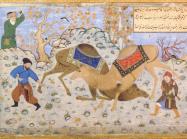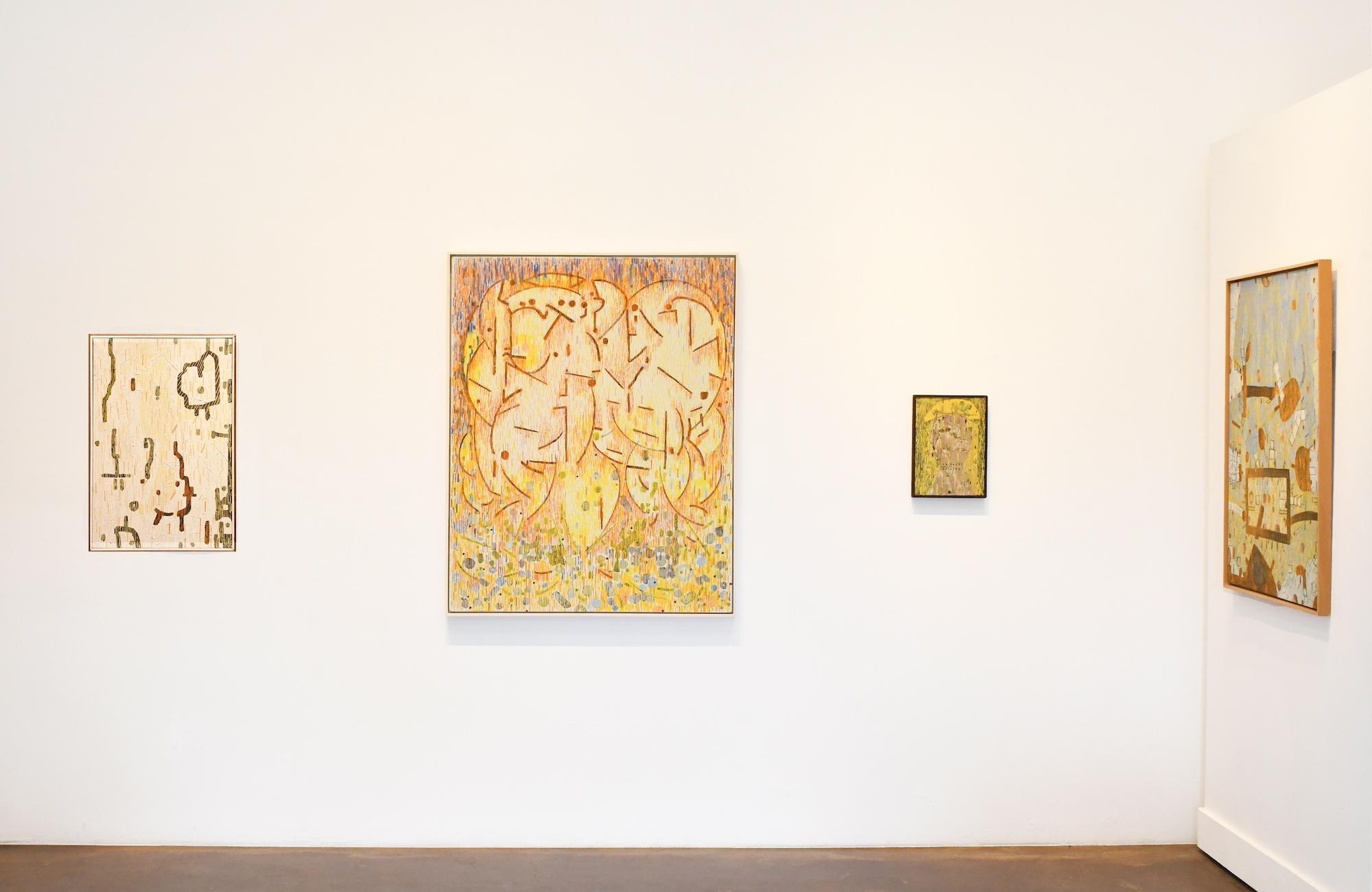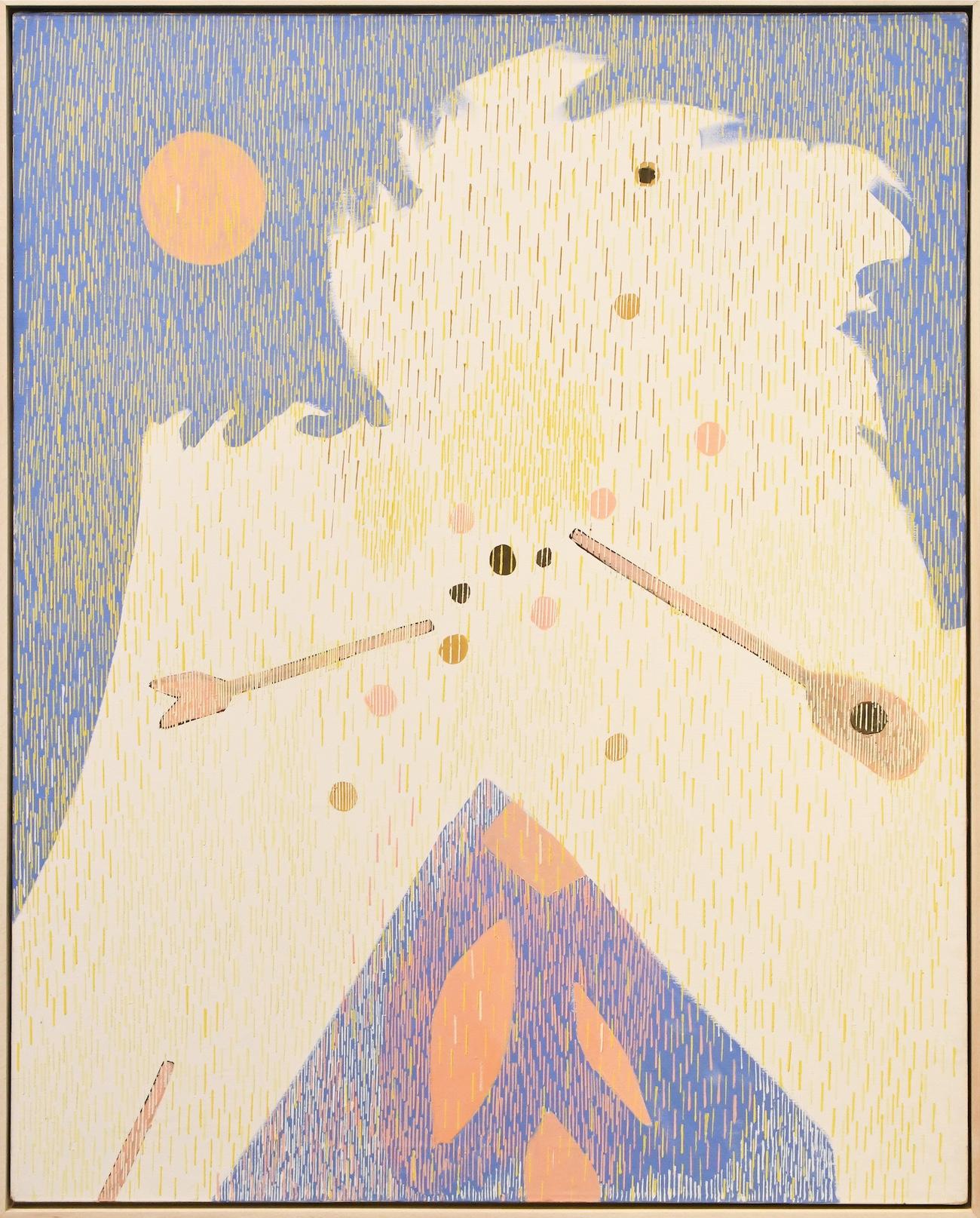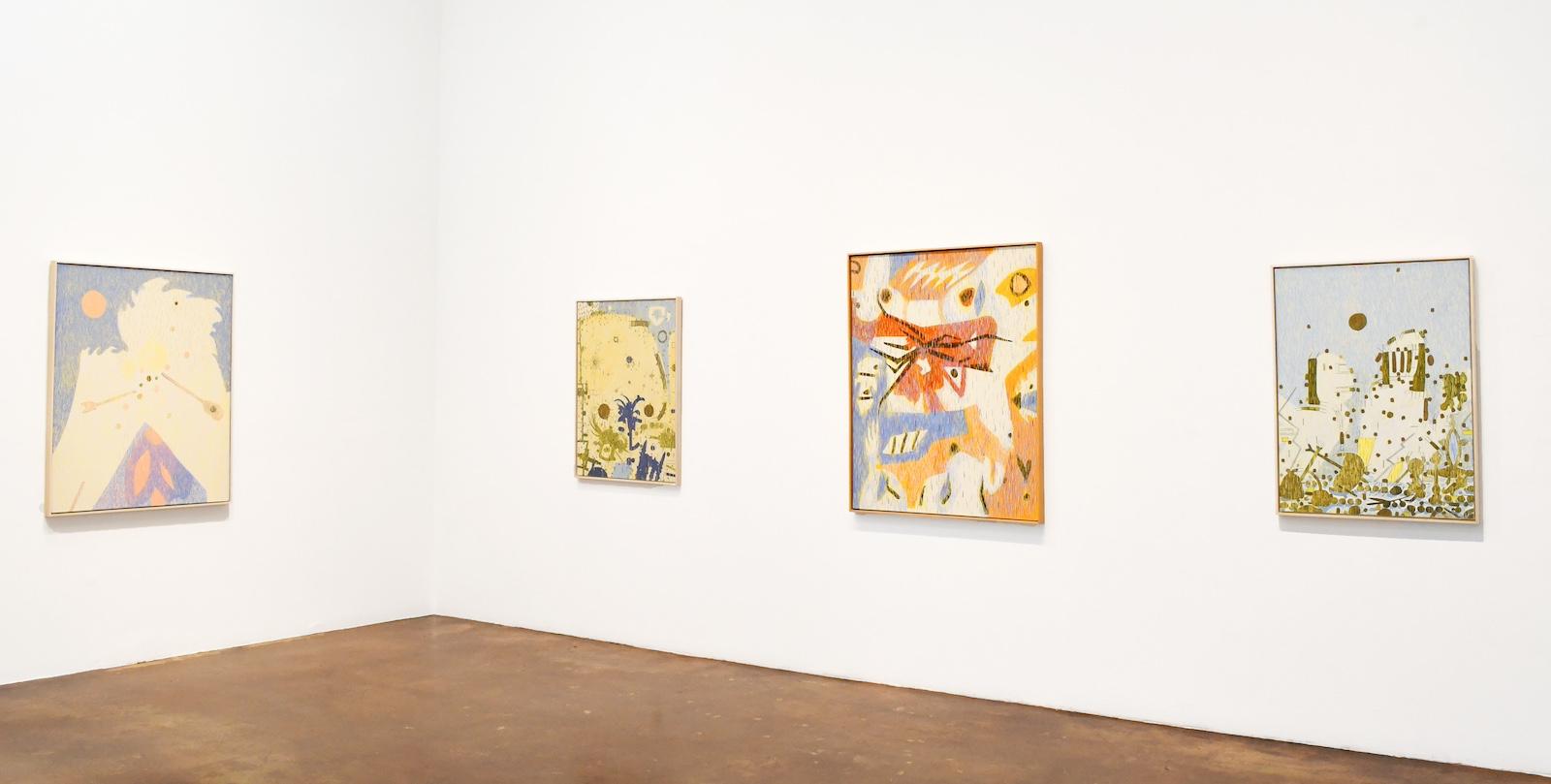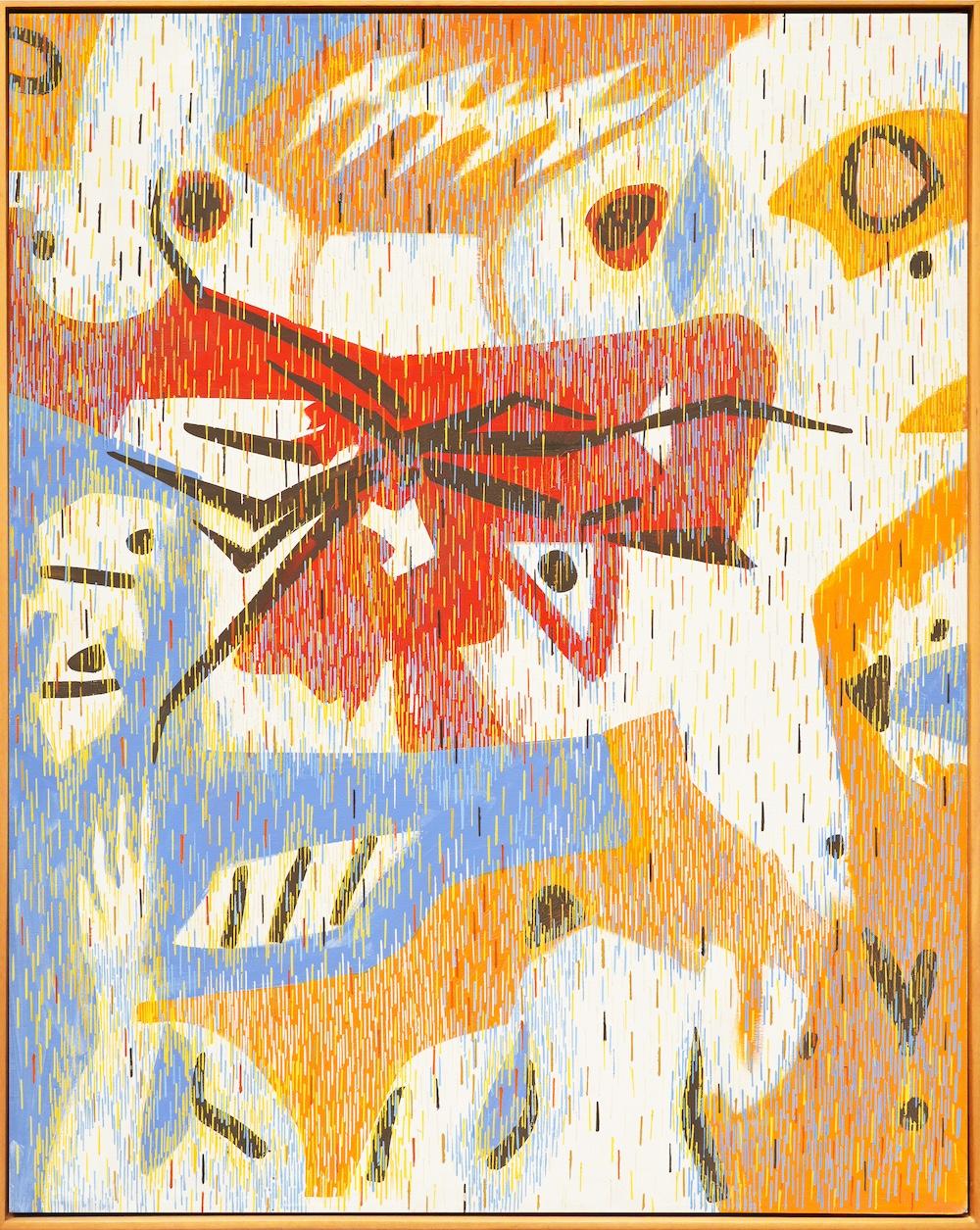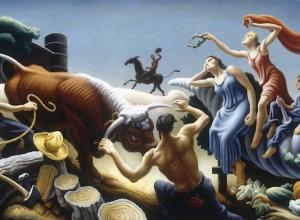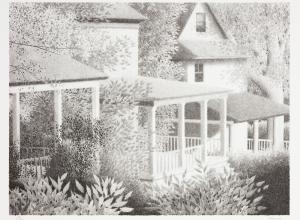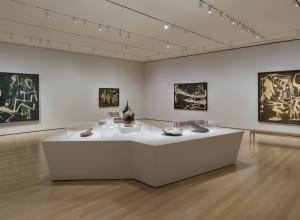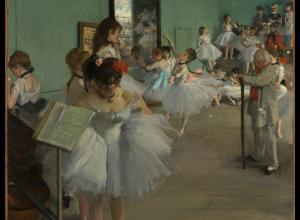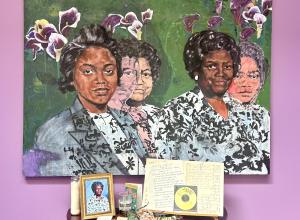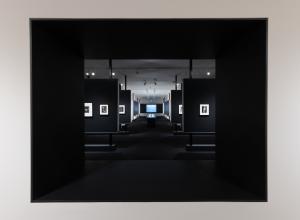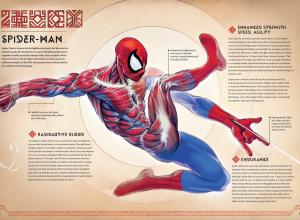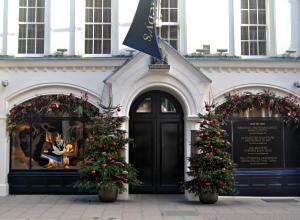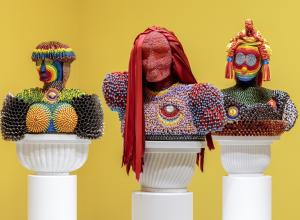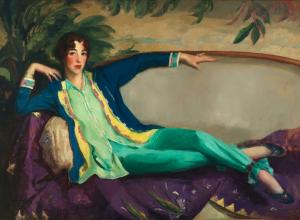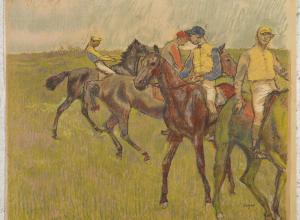Shortly after the last of these paintings were completed, in 1959, Mullican won a Guggenheim fellowship to study in Roma. His works remain in the permanent collections of the Smithsonian, MoMA Paris and New York City, the San Francisco Museum of Art, and the Santa Barbara Museum of Art, as well as several major family foundations. This selection of paintings by Mullican represents a unique opportunity for the collecting public to acquire specially sourced material that most collections do not include.
The artworks, hand-picked from the artist’s estate, feature paintings that have never before been exhibited as a group or, in some cases, at all. 203 Fine Art is pleased to have the opportunity to present this exhibit in Taos, New Mexico, a place of spiritual energy and physical beauty that inspired Lee Mullican’s artwork throughout his lifetime.
While the 40s were spent in war as an aerial topographer, Lee Mullican’s paintings from 1956 to 1958, made shortly after his move to Los Angeles, marked a subtle yet striking shift in his practice. During this time, his compositions begin to open up. What once felt densely packed and earthbound now lifts, breathes, and expands. Familiar patterns of fine, ridged lines, applied with the edge of a palette knife, still pulse across the canvas, but they gather more loosely, like constellations forming and dissolving in a night sky. Hints of blue emerge in place of the deeper earth tones of earlier works, lending an airier, more ethereal quality. These pieces offer a glimpse of Mullican in transition, experimenting with space, color, and form as he moved toward the more minimal, monochromatic paintings he would later create in the 1960s and ’70s.

